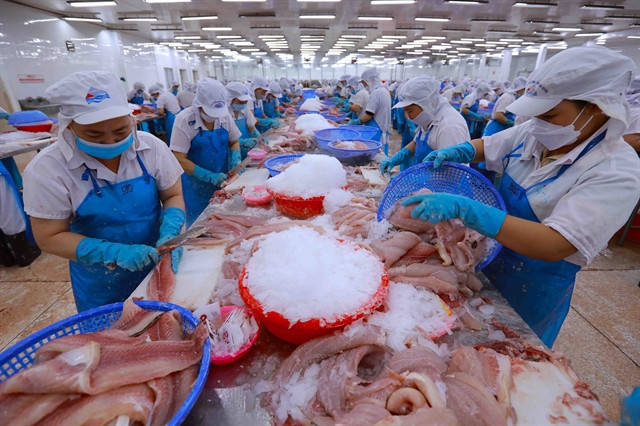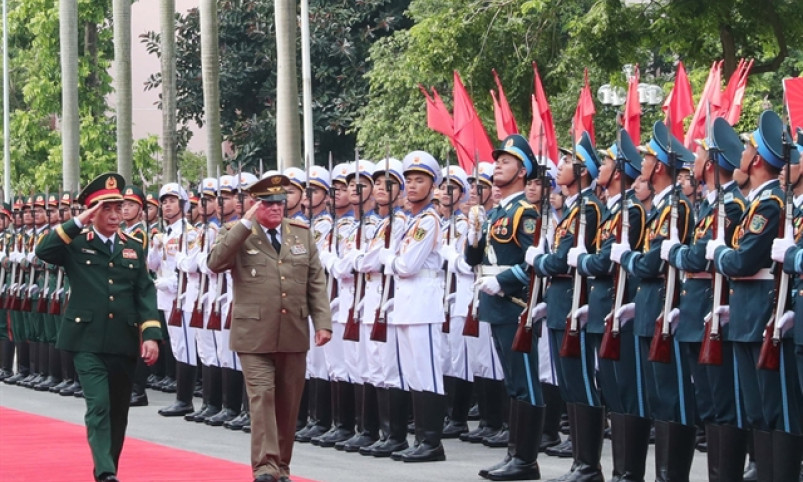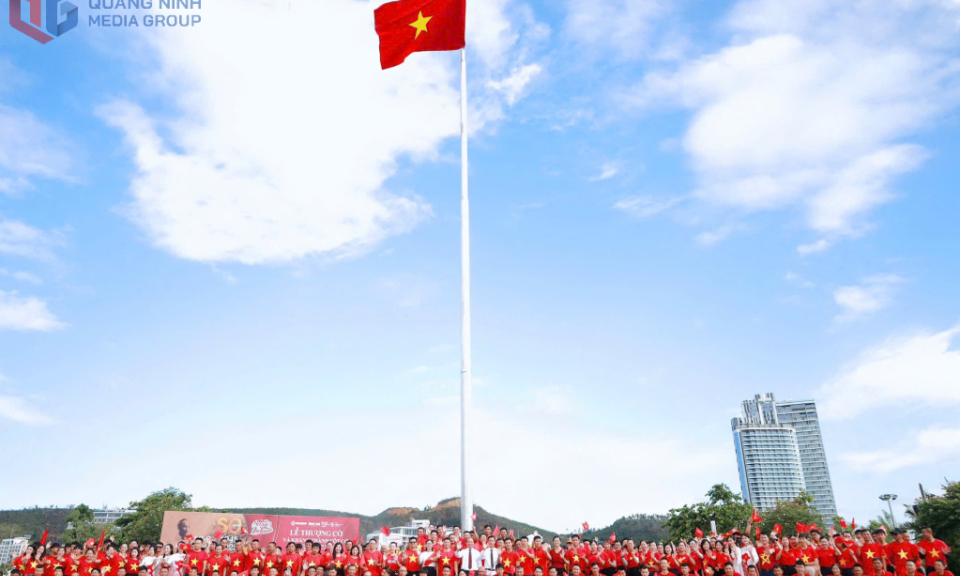Exports: A journey of Việt Nam’s position growth, affirmation
From the difficult years of wartime, when exports were limited to a handful of basic goods, Việt Nam has grown into a major trading nation in the region and one of the world’s leading export-driven economies, with total trade turnover approaching US$800 billion.
Over the past 80 years of national construction and development, Việt Nam’s export journey has vividly reflected historic milestones, the country’s dynamic economic transformation, and its rising position on the international stage.
From the difficult years of wartime, when exports were limited to a handful of basic goods, Việt Nam has grown into a major trading nation in the region and one of the world’s leading export-driven economies, with total trade turnover approaching US$800 billion. The country has consistently posted trade surpluses in recent years, making significant contributions to GDP growth as well as the cause of industrialisation and modernisation.
Driving force for growth
Experts noted that in the early years of the Đổi mới (Renewal) period, despite limited resources and economic hardships, exports of agricultural products, minerals and light industrial goods played a vital role in generating foreign exchange and opening gateways to international markets. From the first shipments of rice and coffee to the world, to textiles and footwear exported to the Soviet Union and Eastern Europe, and later expanding to the US, Japan and the EU, Việt Nam steadily laid the foundation for an export-oriented economy.
As Việt Nam normalised ties with many countries, joined the Association of Southeast Asian Nations (ASEAN), and later acceded to the World Trade Organization (WTO) in 2007, the country's exports recorded breakthrough growth.
According to experts, export successes have stemmed not only from production efforts but also from a strategy of deep international integration. Việt Nam has signed a series of new-generation free trade agreements (FTAs), including high-standard and comprehensive deals such as the Comprehensive and Progressive Agreement for Trans-Pacific Partnership (CPTPP), the EU–Vietnam Free Trade Agreement (EVFTA), and the Regional Comprehensive Economic Partnership (RCEP).
Minister of Industry and Trade Nguyễn Hồng Diên said many activities have been organised to connect Vietnamese producers with foreign buyers through trade promotion channels and the overseas trade office network. At the same time, efforts have been made to support enterprises with tailored market information, remove trade barriers, and help them maintain traditional markets while expanding into new ones.
In the past seven years, Việt Nam has consistently ranked among the world’s top 20 economies in terms of trade scale, while also standing among the 15 most attractive destinations globally and regionally for foreign direct investment (FDI).
Overcoming challenges
However, experts also pointed out that Việt Nam’s exports face new challenges. While export turnover has grown rapidly, reliance on the foreign-invested sector remains high, especially in electronics, phones and computers.
Most domestic enterprises still participate in lower value-added segments and a strong domestic supply chain has yet to be established. In addition, strict sustainability requirements, carbon emission reduction commitments, and environmental and labour standards from markets such as the EU, US and Japan are placing increasing pressure on exporters. Without timely adaptation, businesses risk losing competitiveness or even facing new trade barriers.
Nguyễn Anh Sơn, Director of the Ministry of Industry and Trade’s Agency of Foreign Trade, forecast that the 2025–30 period will witness intensified global competition for resources, markets, technologies and high-quality human resources. Sustainable development, green growth and circular economy will become inevitable global trends.
Therefore, Việt Nam must proactively and flexibly adapt, seize opportunities from supply chain shifts, and shield domestic enterprises from geopolitical risks and protectionism. Three key factors have been identified: diversifying markets, strengthening internal capacity, and accelerating technological transformation.






